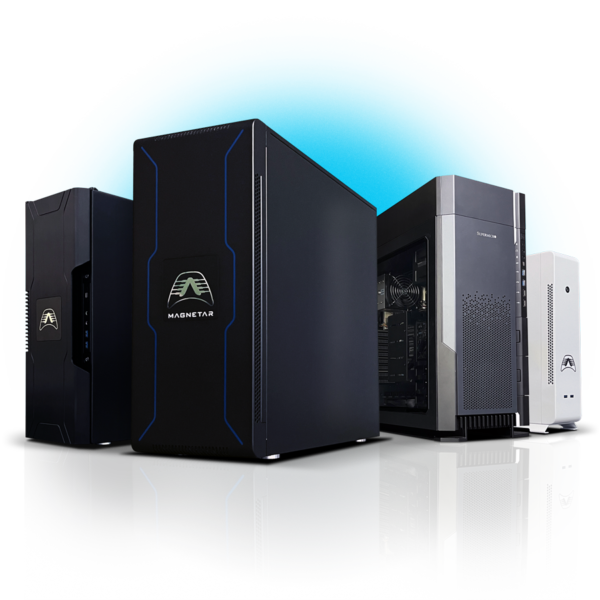Statement from Dan Goldsmith Technical Director
For our first 18 years of business from 1994 to around 2012, Armari was a traditional system builder. We built systems using all off the shelf components. As time went on, particularly for workstation builds we were finding we had to make compromises. We would pick the best motherboard and cooler we wanted to use, but found these wouldn’t fit into the chassis the customer had the space for, so we would end up making a compromise somewhere. Most of the off the shelf PC chassis on the market today are designed for the DIY, build at home market. There are very few good workstation chassis on the market right now that are great for type of workstations customers are looking for today, especially at the high end. 90% of off the shelf chassis are made from very thin steel to cut down on cost and shipping weight. They then tempered glass side panels and a few cheap fans thrown in. None of them are UKCA or CE EMC emission compliant, which is important for certain customers.
When you’re dealing with the latest high end workstation processors we have in the market today, you can realistically be looking at CPU that puts out 500Watts and then you want to drop in a couple of 350Watts GPUs and you’re got 1,200Watts of internal heat to manage. If you run these flat out 24/7 in a case that was designed for a single GPU and gaming CPU and you have a lot of thermal problems, which can partly address with noisy fans, buts not a good experience for the customer.
So in 2012, we decided to get into low volume chassis manufacture, giving us the ability to design a chassis around the components we found to be best in the market, so we wouldn’t have to compromise. Manufacturing these in low volumes, means we can tweak and evolve our designs between batches, in a similar way that Tesla is constantly evolving their EV cars throughout the year, they don’t wait for a yearly model change to fix a problem. Having this vertical integration approach means, if NVIDIA drops a new graphics cards with an oversized cooler like happened with the RTX 3000 series, we can quickly change the cooling arranging inside our chassis so we manage the heat from the GPU so it doesn’t adversely limit clock frequency boost on the CPU.
As high-end workstation can get expensive these days, we wanted to make sure we had a strong structure but still keep it as light as possible, which is why we use a lot of aluminium in our designs. This also makes our chassis almost 100% recyclable as we don’t use plastics. We can ship any of Magnetar workstations globally in a moderately sized box and know when it arrives it will arrive working. We don’t need to rely on massive shipping boxes to protect a fragile PC during shipping as this is hugely expensive and wasteful today, as the strength is inherent in the chassis design itself. Every Magnetar chassis for example has adapter card transit support, so GPUs don’t come loose in transit.
We believe this vertical integration approach really does deliver the best experience, highest performance and best reliability for our customers. Yet it still allows us to be very nimble and transition to the latest technologies pretty much at launch. In the end we ultimately don’t have compromise, so we’re free to always choose from the best components the market has to offer for our customers.
View the full Magnetar Range of Workstations here.

